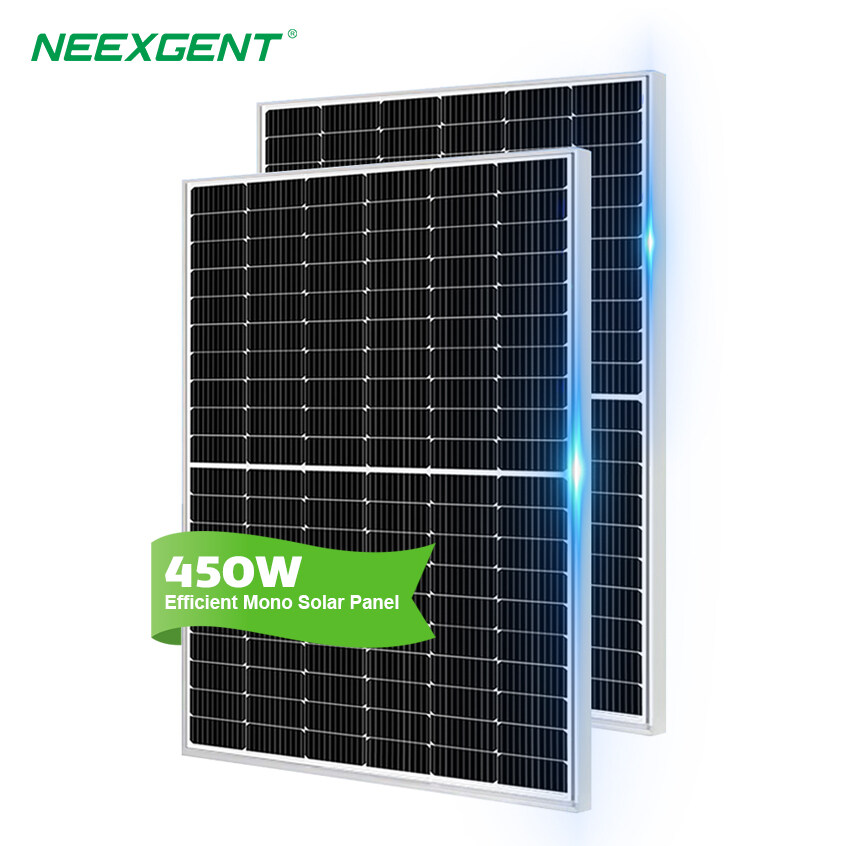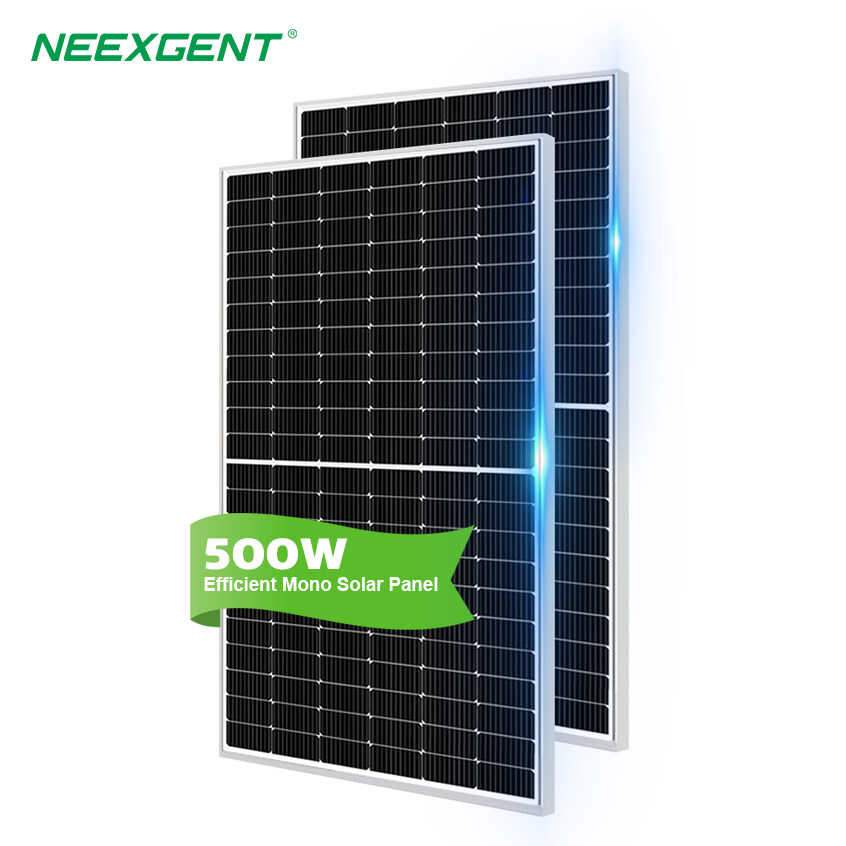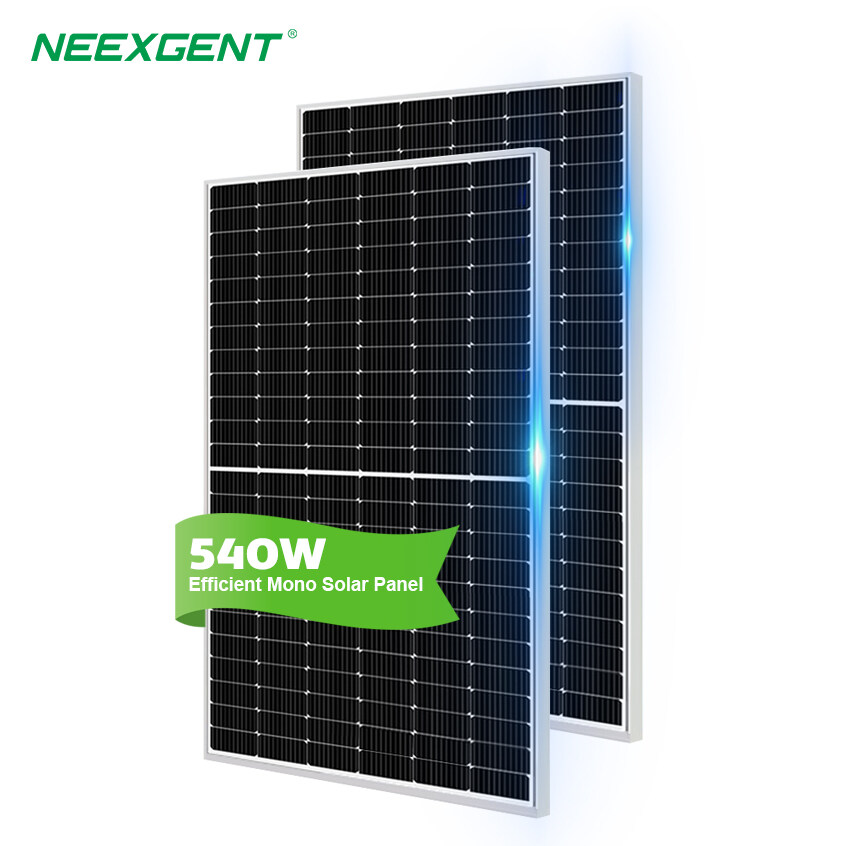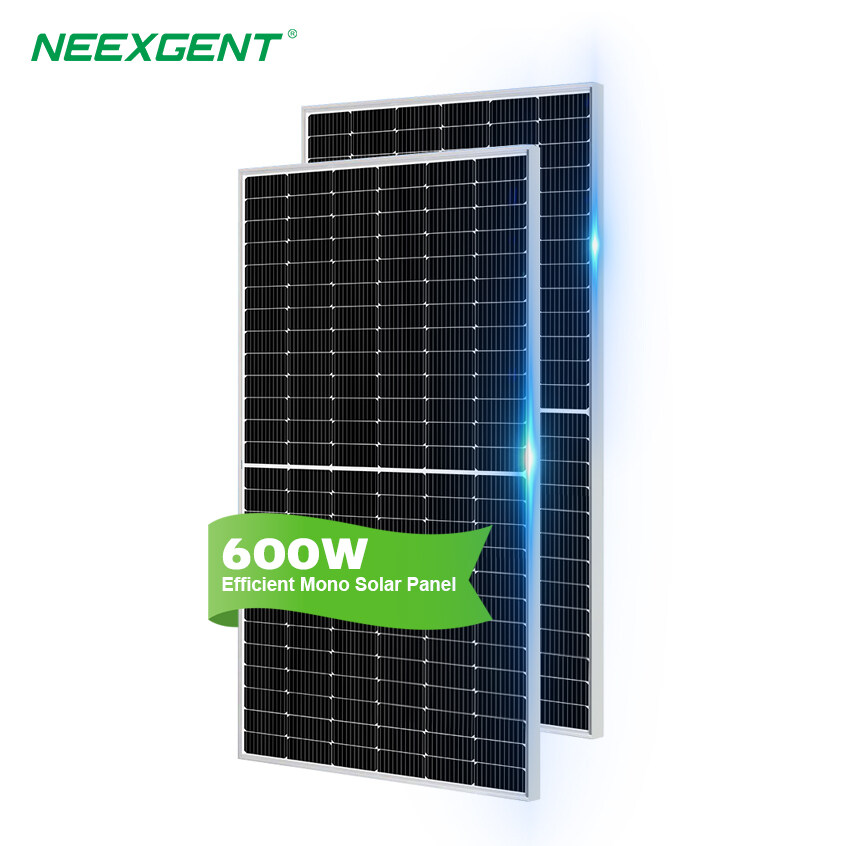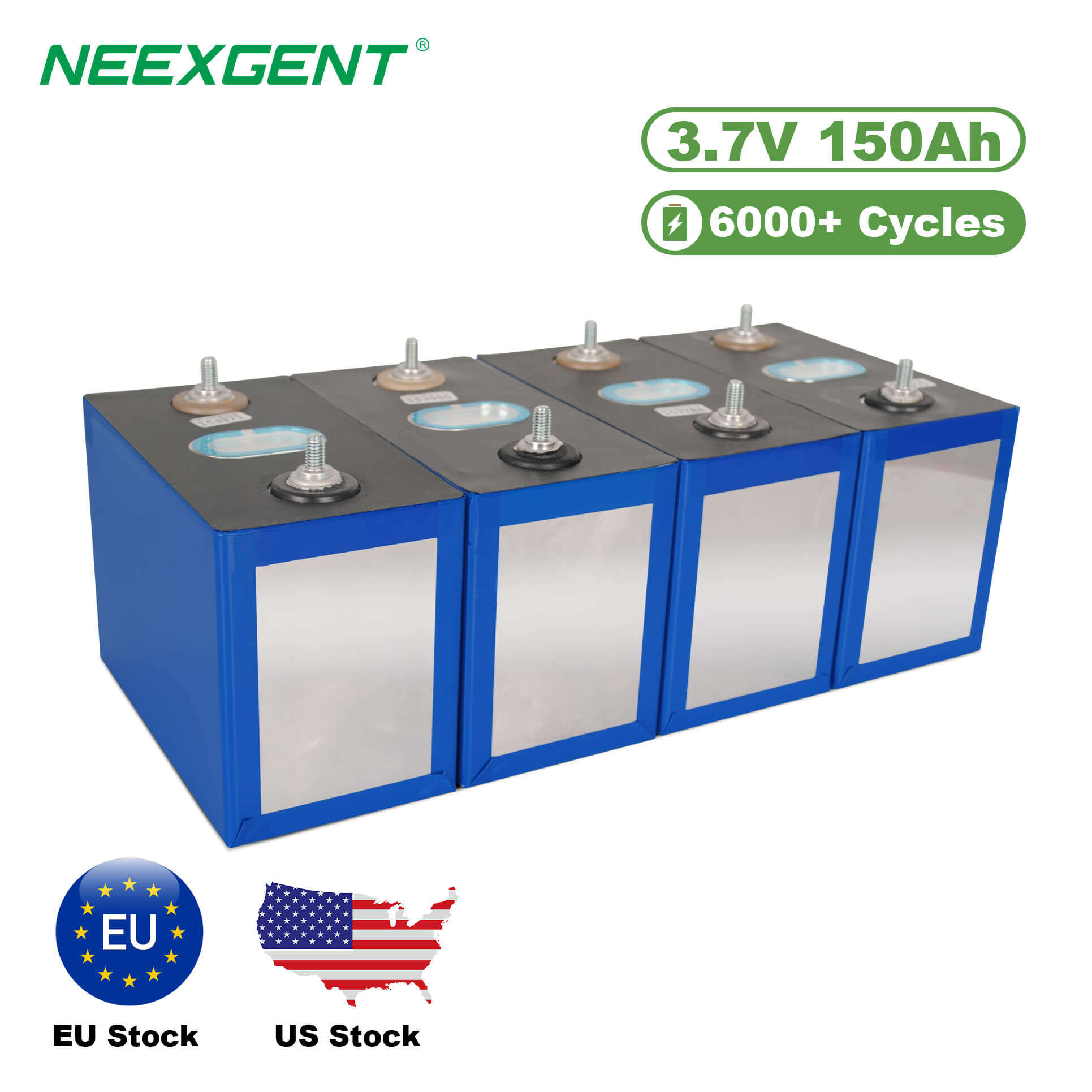Precautions and Safety Instructions
Lithium-ion rechargeable cells subject to abusive conditions can cause damage to the cell
and/or personal injury. Please read and observe the standard cell precautions below before
using utilization.
**Note 1. The customer is required to contact EVE in advance, if the customer needs other
applications or operating conditions than those described in this document.
**Note 2. EVE will take no responsibility for any accident when the cell is used under other
conditions than those described in this document.
**Note 3. For the sake of safety assurance, please discuss the equipment design, its system
and protection circuit of Lithium-ion cell with EVE in advance. And consult about the high rate
current, rapid charge and special application in the same way.
Guide for the use of Lithium-ion cells
1. General
This chapter has been prepared to describe the appropriate cautions and prohibitions,
which the customer should take or employ when the customer uses and handles the
lithium ion cell to be manufactured and supplied by EVE Energy CO., LTD., in order to
obtain optimal performance and safety.
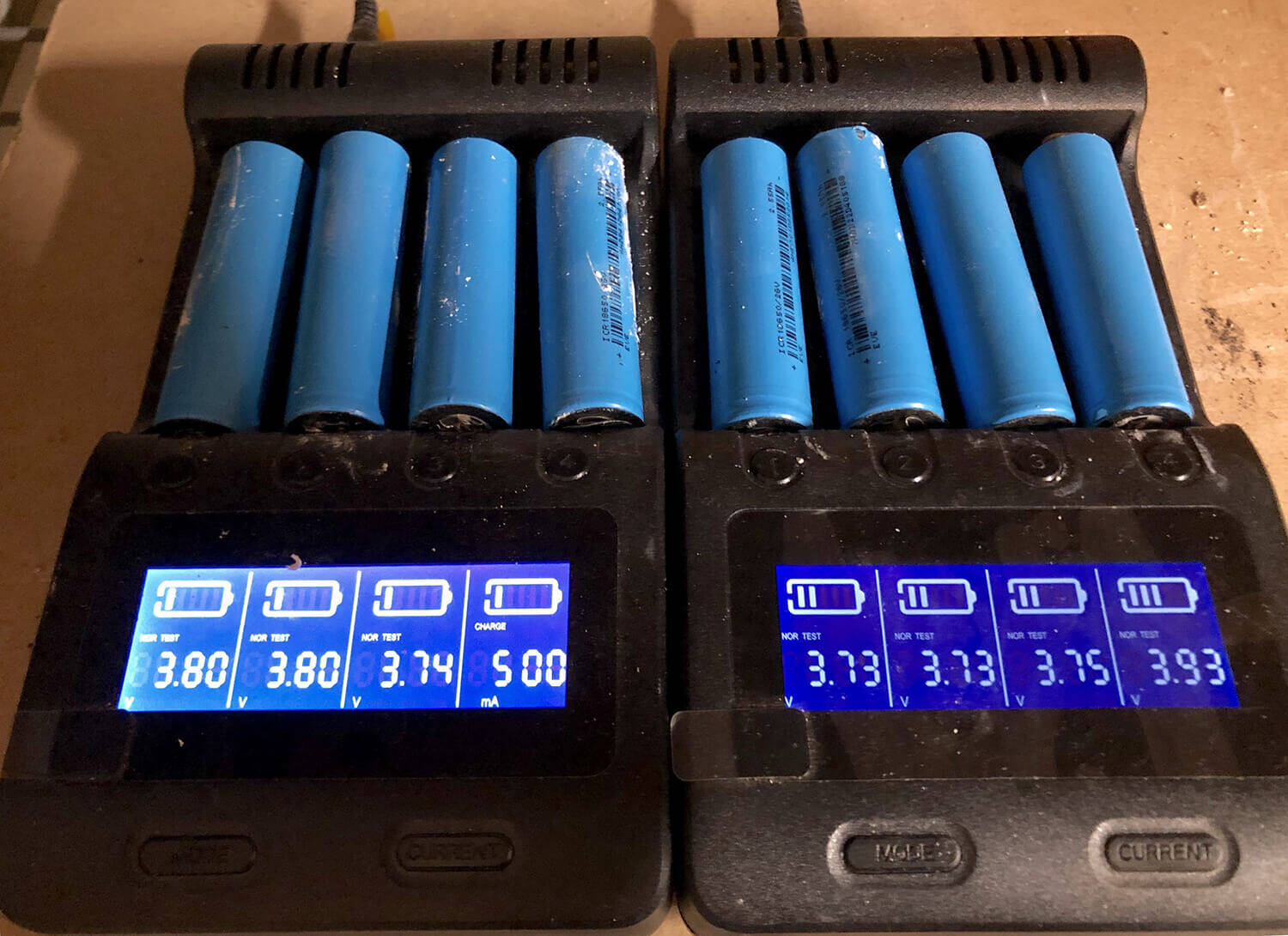
2. Charging
Charging current shall be less than maximum charge current specified in the
specification.
Charging shall be done by voltage less than that specified in the specification.
The cell shall be charged within a range of specified temperatures in the
specification.
The cell shall be connected, confirming that its poles are correctly aligned. Inverse
charging shall be strictly prohibited. If the cell is connected improperly, it may be
damaged.
3. Discharging
The cell shall be discharged continuously at less than maximum discharging
current specified in the specification. In case of the higher discharging current
should be set, it shall be discussed with EVE.
The cell shall be discharged within a range of temperatures specified in the
specification. Otherwise, it may cause loss of performance characteristics.
The system should equip with a device to prevent further discharging exceeding
discharging cut-off voltage specified in the specification.
Over-discharging may cause loss of performance characteristics of cell.
Over-discharging may occur by self-discharging if the cell is left for a very long
time without any use.
The charger should equip with a device to detect voltage of cell box and to
determine recharging procedures.

4. Storage
The cell should be stored within a range of temperatures specified in the
specification. Otherwise, it may cause loss of performance characteristics,
leakage and/or rust.
The cell should be used within a short period after charging because long-term
storage may cause loss of capacity by self-discharging. If long-term storage is
necessary, the cell should be stored at lower voltage within a range specified in
the specification, because storage with higher voltage may cause more loss of
performance characteristics.
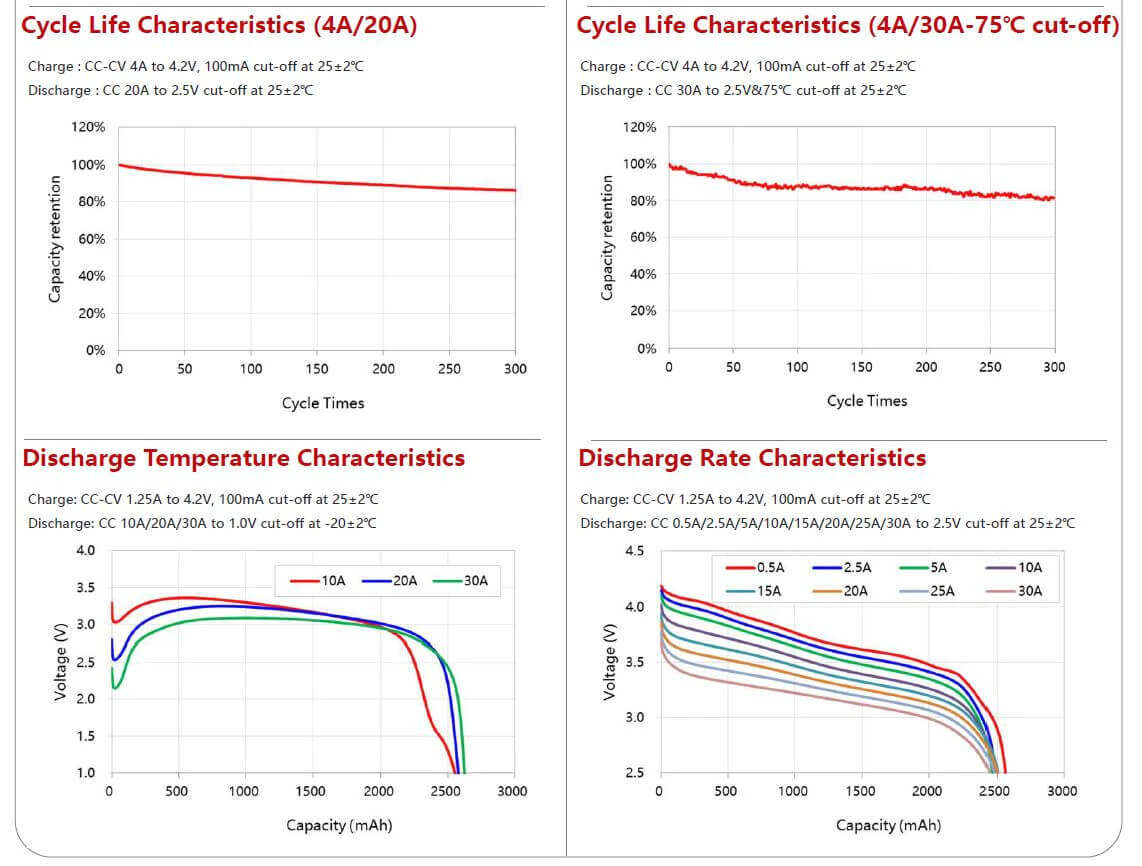
5. Cycle life
- The cell can be charged & discharged repeatedly up to times with a certain level of
capacity specified in specification.
- Cycle life may be determined by conditions of charging, discharging, operating temperature
and/or storage.

